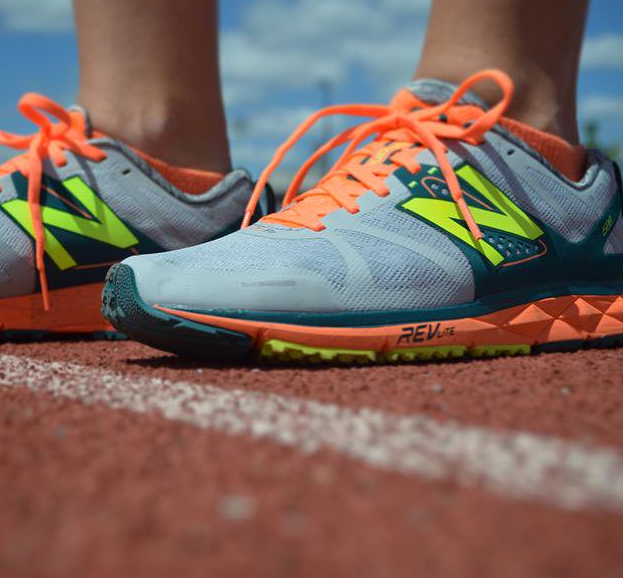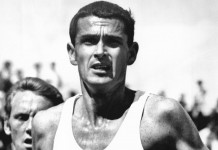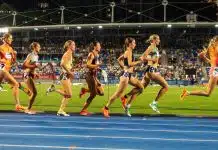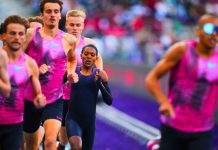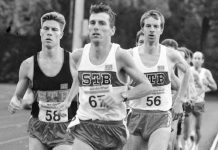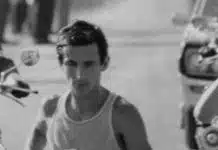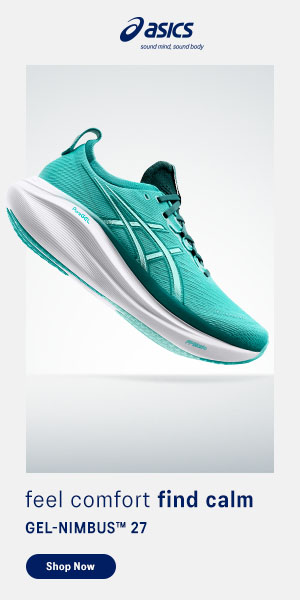By Thomas Do Canto, from Walker Street Podiatry
So, we’ve had the ‘barefoot running’ hype that bred the minimalist running shoe boom. This boom lasted several years – from 2010 to 2013 there was a vast increase in the availability and market share of this segment of the running shoe industry. What constitutes a minimalist shoe? It could be said it’s a shoe that allows the foot to function as close to barefoot as possible. Characteristics of a minimalist shoe can include; less weight, lower ‘drop’ (difference in midsole thickness from heel to forefoot), less cushioning, more flexibility and certainly no ‘stability’ or ‘motion control’ features.
What myself and many others are witnessing is a decline in popularity of this type of running shoe and a growing interest and availability of ‘maximalist’ running shoes. If we look at the sales and market share of the minimalist category over the past year or so, there has been a considerable decline. Looking at google trends (what people are searching for) there has also been a significant declining interest in barefoot running and the brands that specialise in this category of shoe.
If we take the epitome of minimalistic footwear, the glove like Vibram Fivefingers and compare it to the market leader in maximalism, the Hoka One One, we see an interesting trend. Sometime in 2013 the google search volume for Vibram Fivefingers dropped (or plummeted) below the growing search rates for Hoka One One.
What defines a maximalist shoe then? Although you may think it would be the complete opposite of a minimalist shoe, it’s not quite. The new era of the ‘maximalist’ shoe brings us an abundance of cushioning – this is the defining feature of this category. Many running shoe companies are trying to provide this super cushioned ride, while also keeping the weight of the shoe to a minimum with some brands even sticking with a lower ‘drop’ in many of their models.
So which is better you ask? It depends! Which type suits you will depend on things like; injury history (i.e. the type and location of previous/current injury), distances you run, running pace, terrain (this is a big one), and of course, it depends on your personal experience and perceived comfort!
What I like about the past 5 or so years is the increasing diversity of running shoes to match the diversity in runners and their running shoe preferences. There is no one perfect category of running shoe for everyone just like there is no one way we should all be striking the ground with our feet (I’ll leave the forefoot vs. heel striking topic for another blog!).
Some final thoughts:
- Don’t be afraid of some extra cushioning on your feet if you run high mileage, particularly on unforgiving surfaces like road and footpaths.
- You may be better off somewhere in between a maximalist shoe and a minimal shoe for most of your training.
- Mix up the loads – for many*, it’s a good idea to use more minimal shoes for some runs or sessions while using more traditional or maximalist shoes for other runs. A bit like mixing up the terrain you run on, variety can be the best injury prevention strategy.
- If you have strong, stable feet and as a kid grew up enjoying a bit of barefoot, then you have a better chance of running happily in a more minimal shoe.
- If you grew up in Sydney (or a similar urban environment), and you’re used to wearing shoes all day, then a bit of cushioning and heel elevation in your runners is a good thing in my opinion!
* I say for many, and not all, because there are some of us out there that just do better in a specific type of shoe for 80-100% of our running. This is generally the runner that has a chronic or reoccurring injury that is better offloaded by a specific category of shoe. E.g. maximalist category for forefoot overload injuries or minimalist category for those with anterior shin or knee pain.
Thomas Do Canto is an awesome runner and one of Sydney’s leading podiatrists. You can find him at
Suite 2, Ground Level
83 Walker Street
North Sydney, NSW 2060
0299640099


